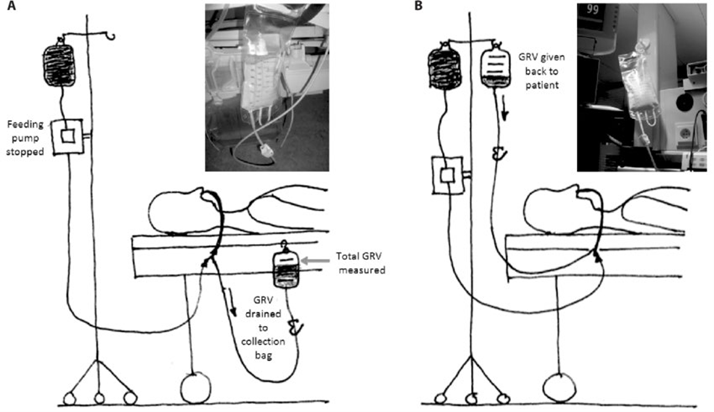A nurse is planning an educational conference about informed consent. Which of the following information should the nurse include?
After signing the informed consent, the client can no longer refuse the procedure.
Informed consent includes information about the potential risks of the procedure.
The nurse is responsible for explaining the procedure when obtaining the informed consent.
A nursing student can witness an informed consent.
The Correct Answer is B
When planning an educational conference about informed consent, the nurse should include information about the potential risks of the procedure. Informed consent is a process in which the client is provided with information about a medical procedure or treatment, including its potential risks and benefits, so that they can make an informed decision about whether to proceed.
Option a is incorrect because after signing the informed consent, the client still has the right to refuse the procedure.
Option c is incorrect because it is not the nurse's responsibility to explain the procedure when obtaining informed consent; this is typically done by the healthcare provider performing the procedure.
Option d is incorrect because a nursing student cannot witness an informed consent; only a licensed healthcare professional can do so.
Nursing Test Bank
Naxlex Comprehensive Predictor Exams
Related Questions
Correct Answer is B
Explanation
Before administering enteral feedings via an NG tube, the nurse should check for gastric residual volume to ensure that the client is able to tolerate the feeding. If the residual volume is high, it may indicate delayed gastric emptying and the feeding may need to be delayed or the rate adjusted.
a. Encouraging the client to take sips of water may help maintain hydration, but it is not necessary prior to administering enteral feedings.
c. Flushing the tube with sterile 0.9% sodium chloride irrigation can help maintain patency of the tube, but it is not necessary prior to administering enteral feedings.
d. Encouraging the client to breathe deeply and cough can help clear secretions from the lungs, but it is not necessary prior to administering enteral feedings.

Correct Answer is B
Explanation
Crackles in the lungs indicate that the client is experiencing fluid overload. When there is an excess of fluid in the body, it can accumulate in the lungs and cause crackles. The other
a. Fever is not a sign of fluid overload.
c. Bradycardia (a slow heart rate) is not a sign of fluid overload.
d. Flattened neck veins are not a sign of fluid overload; distended neck veins may be a sign of fluid overload.

Whether you are a student looking to ace your exams or a practicing nurse seeking to enhance your expertise , our nursing education contents will empower you with the confidence and competence to make a difference in the lives of patients and become a respected leader in the healthcare field.
Visit Naxlex, invest in your future and unlock endless possibilities with our unparalleled nursing education contents today
Report Wrong Answer on the Current Question
Do you disagree with the answer? If yes, what is your expected answer? Explain.
Kindly be descriptive with the issue you are facing.
